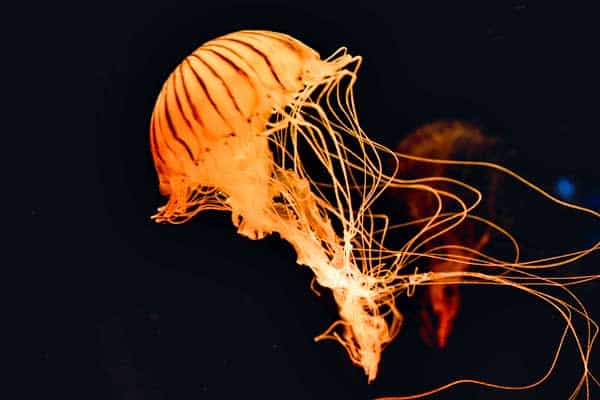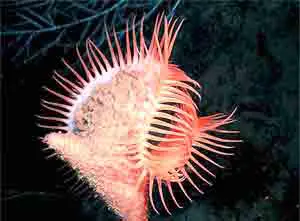Some animals have more than one stomach. Some actually have four stomachs!
In this post, we take a look at these amazing creatures and we also show you why they have several stomachs. Get ready to be amazed!
Table of Contents
Animals With More Than One Stomach
We find a lot of animals with several stomachs. Or actually, often they just have a large stomach with several “compartments”. We call these animals “Ruminant animals”.
Animals With 4 Stomachs
As mentioned above, we categorize these animals as “Ruminant Animals“. They have a very special way of digesting food where they move the food from one compartment in the stomach to the next.
Here’s what goes on in each compartment:
-
Rumen
This is where the fermentation process begins. The carbs are broken down and the food is mixed with saliva in order to break down the food. -
Reticulum
This part of the stomach is fully connected to the Rumen and it also facilitates the fermentation process of the food. The only difference here is how the walls are constructed in order to help break down the food. -
Omasum
The chewed food will now pass into this compartment before it reaches the 4th part. This part looks almost like a wrinkled piece of paper or a paper bag and its function is not fully understood by scientists. -
Abomasum
Here we find the main part of ruminant animal’s digestive system. This is where the food ends up before it continues into the guts. In here, the acids prepare the proteins for further digestion.
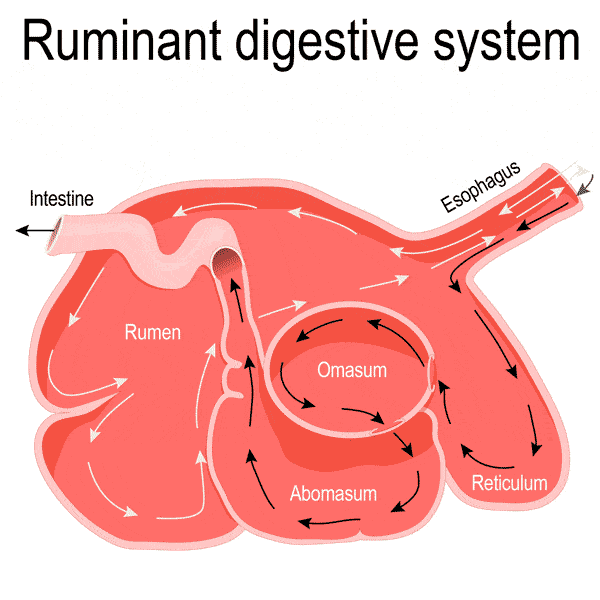
Cachalot Whales
Cachalot Whales are famous for many things but not for having a ruminant digestion system. But it does, in fact, have that. Just like we explained above, the stomach of a Cachalot Whale is divided into 4 compartments.
The whale does have teeth but it cannot chew the food. So instead, the first part of the stomach has very strong muscles and they crush the food into smaller pieces.
In the second chamber, the food is digested and from here the process is pretty straightforward.
Occasionally the whale will swallow a beak from a squid (yes, they actually have beaks!). When that happens the whale will vomit to get rid of the beak which cannot be digested.

Cows
Cows are probably the most known animal with the 4-chamber stomachs. They are often studied and used as examples.
You have probably watched a cow chew for hours and then all of a sudden burb and start chewing again. It does so in order to chew the food again and continue the digestion process.
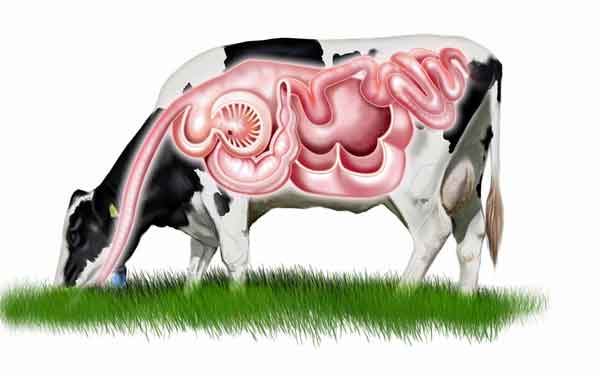
Deers
Bambi also has the same system of digestion. The cute little fella will also chew it’s food twice, just like the cow.
The second time the food is back in the mouth the deer will break down the cellulose compounds to get the nutrients. They are called “Cud Chewers” for that same reason.

Animals With 2 or 3 Stomachs?
Now that we have looked at animals with one stomach and animals with 4 compartments in the stomach the obvious question is whether we have any animals with 2 or 3 stomachs.
But we find no such animals. There are three types of animals when it comes to stomachs:
- Animals with 1 stomach
- Animals with a 4-compartment stomach
- Animals with no stomach at all.
In the next section, we will look at animals that have no stomach at all.
They are truly remarkable and we will see how they manage to digest and break down the food they eat.
Animals With No Stomach
We find some fish that does not even have a stomach. That’s probably weirder than having a stomach with 4 distinct compartments.
Let’s take a look at some of these wonderful creatures of the sea.
Lungfish
Yep, it’s not that pretty. And it does indeed look weird. And so does the way it digests its food. Because it has no stomach. Instead, it has another system, that it shares with a lot of other fish and larger sea creatures like (some) sharks and whales.
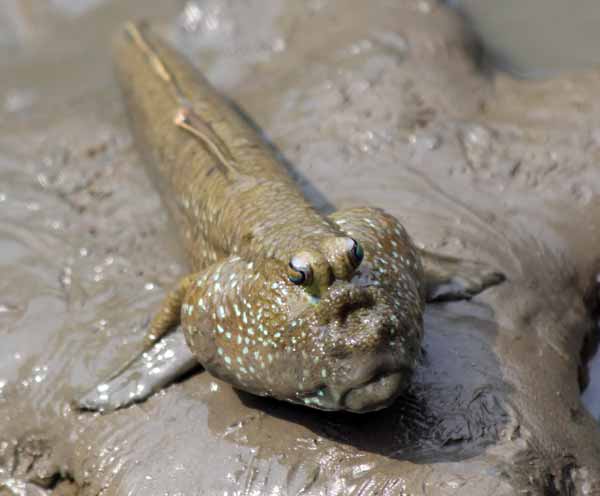
The Lungfish does not have a stomach. Instead, it has what is called an “intestinal spiral valve”, which is more like a sausage-shaped tube with several walls that help break down the food into nutrients.
This also means that the intestines are much shorter on these animals than we find them among mammals. They keep the food in the intestines longer, in order to break down the food and get what they need.
They cannot pass bones and other hard objects, which are often found inside these animals after a long time. They take longer to break down and will remain in the body for a long time.
The journey of the food is lengthened by adding a spiral form to the tube. The animal will still keep the food inside the intestines longer, but it will also have to pass through all these rounds inside the valve. There are several folds to increase the surface and help the food get broken down.
Here are other water that also lacks stomachs due to this special design:
- Carp Fish
- Paddlefish
- Sturgeons
- Rays
- Skates
- Bichirs
- Some Sharks
Which Animal Has Most Stomachs?
All the animals we mentioned at the top of this post will fall into this category. Actually, as we mentioned earlier, they all only have one stomach. This stomach is just separated into several parts.
So no animal really has more than one stomach, it will just appear to be so for the animals with a ruminant digestion system.
We hope you got a little smarter about animal stomach systems and digestion systems from this article. If you want to read more about these amazing whales and sharks you can click on the “fun facts” menu at the top and continue your learning and reading.



